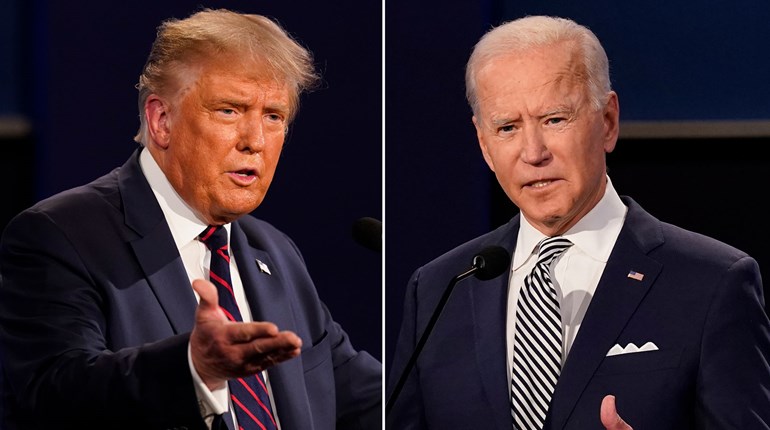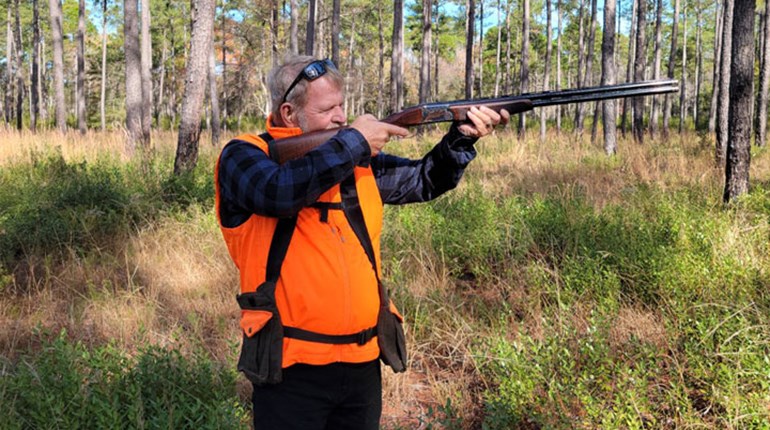
Those who advocate to repeal or overturn the Protection of Lawful Commerce in Arms Act (“PLCAA”) are advocating the annihilation of our Second Amendment. That may sound alarmist, but a right to keep and bear arms without any way to lawfully manufacture, sell, or purchase those arms is no right at all.
The PLCAA generally protects licensed firearm manufacturers and sellers from frivolous lawsuits brought to recover damages for the criminal misuse of their products. This protection should have been unnecessary because our legal system generally does not punish anyone for the criminal actions of others, but a group of attorneys and politicians in the 1990s set out to use the tort system to achieve the gun-control policies that had been rejected by state legislatures and Congress.
These suits, though they were of little merit, posed a grave threat to the industry; and in turn, America’s gun owners. In 1998, Executive Director of the anti-gun U.S. Conference of Mayors was quoted by The New York Times as stating, “[t]he lawyers are seeing green on this issue … they think they can bring the gun industry to its knees.” One of those attorneys “seeing green,” John Coale, was quoted in a 2000 Washington Post article remarking, “[t]he legal fees alone are enough to bankrupt the industry.”
Andrew Cuomo, who is certainly no stranger to using the courts to punish his political rivals, described the legal campaign against the firearm industry as a “death by a thousand cuts” when he worked as Secretary of Housing and Urban Development.
Imagine if Louisville Slugger could be punished for attacks by criminal assailants using their bats, or if Ford or GM were liable for damage when someone intentionally crashed one of their cars. No industry could survive in such a legal landscape, and that is exactly what the lawyers bringing these cases and Cuomo banked on: the death of the American firearm industry.
My first experience working on the PLCAA came in 2004 when working in the office of former Sen. Saxby Chambliss (R-Ga.). The bill failed that year when Sen. Dianne Feinstein (D-Calif.) attached a version of her perennial gun ban to the PLCAA. But, in 2005, after beginning my first year at the NRA, I had the privilege of working to help pass this extremely important piece of American law.
While passage of the PLCAA saved the firearm industry, and with it every law-abiding American’s right to acquire a firearm to protect themselves and their families, the PLCAA itself is now under attack.
Political attacks on the PLCAA have claimed that it provides “unique” protection to firearm business and that it protects them from liability for damages for which they are at fault. These claims are simply false.
First, the immunity provided to the firearm industry is in no way unique. Vaccine producers, Internet platform providers, and small aircraft manufacturers, to name a few, all enjoy similar or even more expansive liability protection under federal law.
Second, firearm businesses remain fully liable for injuries caused by their products and not by the criminal actions of a third party. Suits against the industry for knowingly unlawful sales, negligent entrustment, and those predicated on traditional product-liability grounds are all also still permitted.
Legal attacks on the PLCAA have been no less meritorious, but they have, unfortunately, seen more success. While these attacks initially focused on using one of the PLCAA’s several exceptions to allow limited cases to proceed, most recently, a Pennsylvania appellate court ruled on September 28 that the PLCAA is unconstitutional.
This sets the stage for a possible deluge of court cases against firearms manufacturers and dealers. The ruling came in the case of Gustafson v. Springfield, Inc., a lawsuit that seeks to hold Springfield Armory and Saloom Department Store liable for the criminal misuse of a handgun that Springfield manufactured and Saloom sold.
Although it is unlikely this ruling will hold up on appeal, it does provide a strong argument for the necessity of the PLCAA, as well as a bit of irony.
First, the irony.
The lead counsel for the plaintiffs that filed the lawsuit is Jonathan Lowy, who also happens to be vice president of one of America’s oldest anti-gun organizations, the Brady Campaign. His organization was founded as the National Coalition to Control Handguns, and one of its early leaders, Nelson “Pete” Shields, made clear the organization’s goals. “The first problem is to slow down the increasing number of handguns being produced and sold in this country,” he said. “The second is to get handguns registered. And the final problem is to make the possession of all handguns and all handgun ammunition—except for the military, policemen, licensed security guards, licensed sporting clubs and licensed gun collectors—totally illegal.”
Political attacks on the PLCAA have claimed that it provides “unique” protection to firearm business and that it protects them from liability for damages for which they are at fault. These claims are simply false.
In January, a lower court correctly dismissed Gustafson v. Springfield, Inc., finding that the PLCAA protected Springfield and Saloom, as neither had violated any law, and the firearm was used illegally by a third party. When the case was appealed, Lowy argued that the PLCAA itself is unconstitutional, and his argument appears to have succeeded, for now. However, if the latest ruling were to be upheld, the court’s reasoning could lay the groundwork for overturning most federal gun-control laws.
Ironic, no?
The suit claimed the firearm itself, a Springfield Armory XD-9, was a “defective handgun” because it did not include a magazine disconnect, which would not allow the firearm to be fired if the magazine is removed.
Not having a magazine disconnect is not a “design defect,” however, as the suit alleges. Some semi-automatic firearms have them, and some do not. For those who desire this feature, they can purchase a firearm with it. Those who do not desire it will purchase those firearms that do not have them. But the purchaser knows exactly what he is getting, and firearm owner’s manuals included with semi-automatic firearms include warnings that the firearm is capable of firing without a magazine inserted.
Despite the technology existing for more than 100 years, magazine disconnects remain relatively uncommon. Many gun owners simply don’t want the added complexity and do want a firearm that’s capable of firing if the magazine is dislodged during the tense moments of a defensive gun use.
While suits seeking to have gun manufacturers add “features” that gun buyers don’t want are common, the court’s reasoning in this case makes it an outlier.
In order to come to the conclusion that the PLCAA is unconstitutional, the three-judge Superior Court panel ignored or misconstrued precedent and numerous cases upholding the constitutionality of the PLCAA in order to justify their decision. Reading various passages of commentary and analysis in the decision, it would be easy to get the distinct impression that the panel was predisposed to come away with a ruling that could be harmful to the firearm industry.
It remains to be seen what will come of this Pennsylvania case. The Philadelphia Inquirer reported, “Legal experts remained skeptical that the opinion released Monday would have far-reaching implications for potential plaintiffs in other suits— with some going as far as to describe the court’s reasoning as ‘provocative’ and ‘aggressive’ in a way that would almost certainly result in an appeal and likely end up with the decision being overturned.”
Notably, anti-gun organizations haven’t been celebrating the decision as loudly as one might expect. Perhaps they realize that nearly all federal gun laws would be vulnerable if the court’s ruling were to be applied more broadly.
The case does, however, illustrate the importance that elections can play even in a judiciary that is supposed to be bound by the law and not partisan or personal beliefs. And, that’s doubly true in Pennsylvania where judges are directly accountable to voters.
While we have enjoyed many pro-Second Amendment wins, this case makes clear that all of the hard work that NRA members and other gun owners put into passing laws like the PLCAA could be dismantled if we don’t remain vigilant and continue to work together as the most powerful grassroots force in America!

































